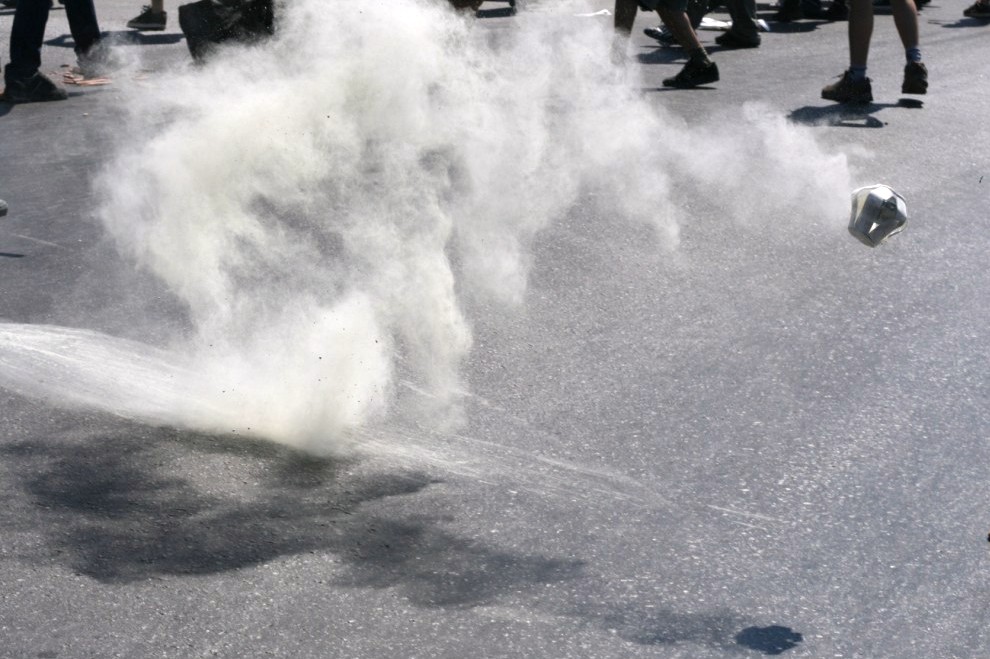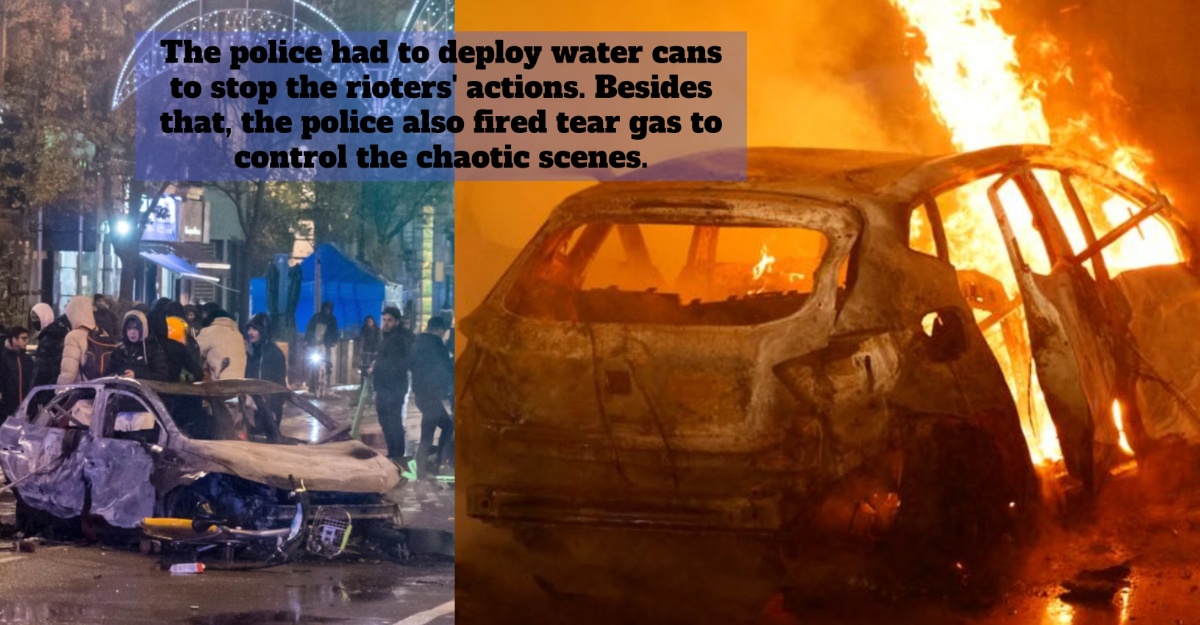Over the years, tear gas is commonly used to control riots and disperse large crowds of people. They are classified as substances that causes irritation to the skin, lungs, eyes or throat.
Exposure to the gas that comes with it can have long and short term effects. People with pre-existing medical conditions can have a much severe reaction to them.
Understanding what is tear gas
There are a number of compounds that come together to form tear gas. They irritate the respiratory system, the skin, and the eyes. Canisters, grenades, and pressured sprays are common delivery systems.
Despite the name, it is not actually a gas. It is actually a form of powder. When used, the compressed powder disperses into a mist. 2-Chlorobenzalmalononitrile is the most frequent kind of tear gas (CS gas).

Mace, pepper spray, capsicum spray, and riot control agents are all common names for tear gas.
Different tear gas may have varying strengths. Symptoms may become more severe if either a higher dose is used or exposed for a longer time.
What are the effects?
Short-term effects
When hit with tear gas, you may have a feeling of suffocation or a tightness in the chest. The effects usually lasts for 15-20 minutes.
Injury may be caused by contact with its canisters, as well as by direct contact with the body.
In certain cases, they may even cause burns if they are too hot to the touch. It’s possible that canisters might cause injuries to the face, eyes, and skull.
Other instant effects of tear gas include:
- burning of eyes
- blurry vision
- vomiting and nausea
- coughing
- skin irritation
- rashes
- burning sensation and irritation in the mouth and nose
Long-term effects
If exposed to the gas for long periods of time, or in large amounts, the effects can be severe. The effects include:
- Difficulties in breathing which can be fatal
- Blindness
- Glaucoma (a serious eye condition which can lead to blindness)
- Death from chemical burns to the lungs and throat
People that are already at risk or have underlying health problems are more prone to long-term effects. Not only that, exposure to the gas indoors increases the risk above by ten-fold.
Sources: MedicalNewsToday, Healthline








